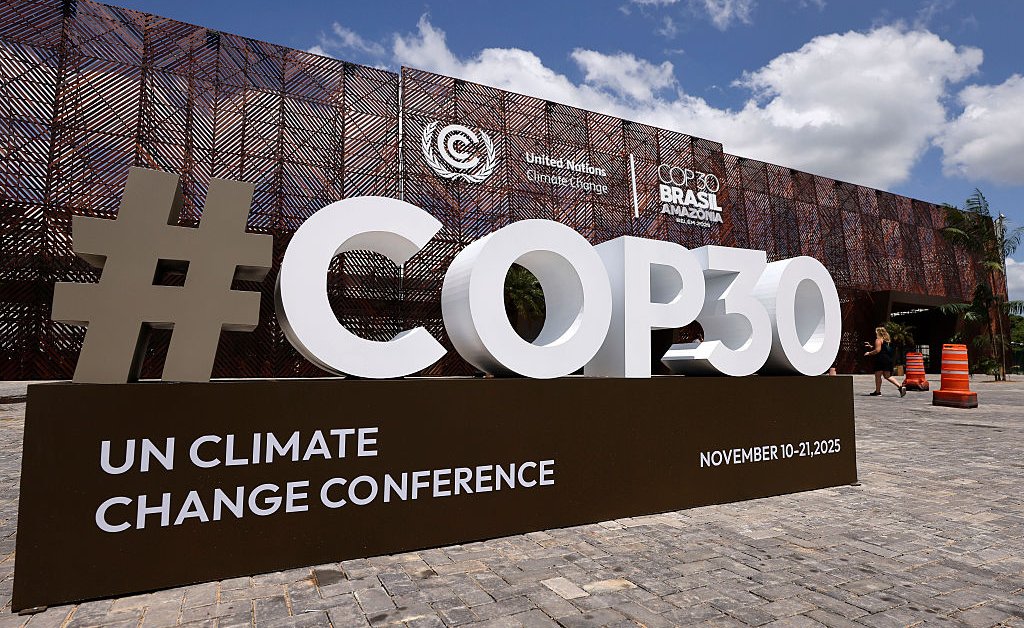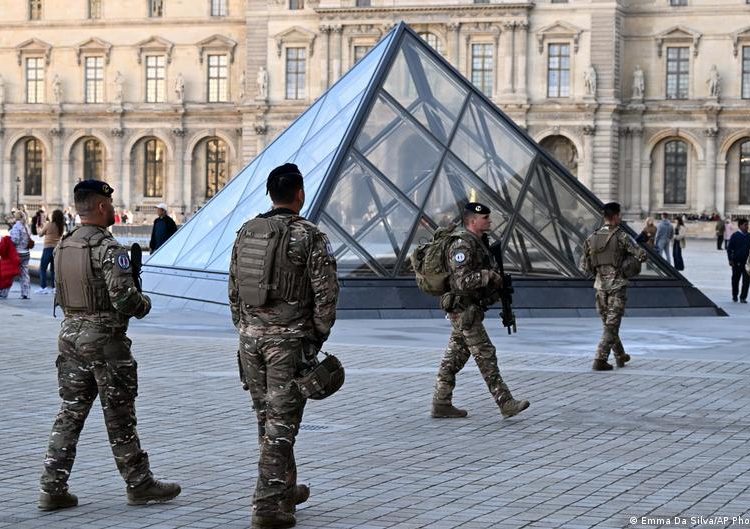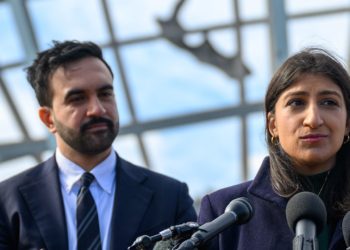There are plenty of forces trying to slow the transition to zero emissions. Populists, protectionists, fossil-fuel lobbies, to name a few. But one of the biggest threats isn’t political, but physical.
In 2024, global energy demand jumped 2.2%, well above the decade’s average, according to the International Energy Agency. The reason wasn’t economic growth; it was heat. Record-breaking temperatures drove people to turn on air conditioners, strained power grids, and reminded us that our infrastructure was built for a cooler world.
That’s the strange paradox of this moment. The more we heat the planet, the harder it becomes to cool it down. Every wildfire that takes down a transmission line, every flood that swallows a road, every heatwave that makes a solar farm falter all slow the very systems meant to replace fossil fuels. The more fragile our societies become, the slower the transition away from fossil fuels.
Time is running out. The world is now perilously close to breaching 1.5°C of warming, the line between dangerous and catastrophic change. Yet most national climate targets remain outdated and insufficient. By early November 2025, fewer than half of G20 members, responsible for 80% of global emissions, had filed updated 2035 plans. The gap between what people endure and what politics delivers is widening.
That’s what COP30 in Belém must face. It must be the moment leaders admit that the world is no longer transitioning on a stable planet. This is where adaptation enters.
Read more: What Brazil’s Farmers Can Teach the World About Climate Action
For years, the word “adaptation” was whispered like a consolation prize, a polite word for failure. You adapted when you’d run out of time. To talk about it too loudly was to risk sounding like you’d given up.
But the era of “adapt later” is over, and it is the most vulnerable who are showing what adaptation leadership looks like: cyclone and flood early-warning systems in Bangladesh, debt-for-climate swaps in Belize, resilient farming in Rwanda. Their experience is a manual for the rest of us.
Still, there’s politics in the silence. Calling adaptation “defeat” can be a moral alibi, a way to avoid asking who must stop burning fossil fuels and who must pay for the damage. That framing protects corporate balance sheets, not communities. It confuses taking action with giving up.
Let’s stop seeing adaptation as a failure to prevent climate change, and start seeing it as readiness to lead. The real question isn’t “how much climate change can we absorb,” but “who among us can rebuild, protect, and thrive amid constant disruption?”
Brazil’s COP30 Presidency has framed this plainly. In a letter to the international community, Ambassador Corrêa do Lago described adaptation as “the determination of people to protect what they love,” and not a choice that follows mitigation, but “the first half of our survival.”
He’s right. The task ahead isn’t just to limit damage, but to redesign strength. We are not transitioning on a predictable planet. If we cut emissions without building resilience, the transition will stall on every new shock. And if we only adapt without cutting emissions, we’ll be building sandcastles in a rising tide.
So what would it mean for leaders at COP30 to make adaptation a priority?
First: measure what we protect. The global goal on adaptation, established in Paris and given a framework at COP28, must become tangible. We can measure tons of carbon; we can measure safety, too. Belém can finalize a framework that tracks protection the way we track pollution: by how much vulnerability is reduced, how many systems are stronger, and how many lives are safer.
Second: move money at the speed of the crisis. The Baku to Belém Roadmap charts $1.3 trillion a year in climate finance by 2035. That blueprint must become real commitments to replenish adaptation and loss-and-damage funds, move beyond the Glasgow pledge to double adaptation finance by 2025, and work toward tripling by 2030, channelled directly to farmers, mayors, engineers, and innovators. In particular, money must flow to nations whose fiscal space is collapsing under climate losses they didn’t cause. The proposed Tropical Forests Forever Facility, initially with $25 billion, could finally make possible the promise to halt deforestation by 2030.
Third: build nothing that can’t endure. Resilience must become the rule of growth. Every road, bridge, and home should be designed for the climate we already live in. And the good news is that this will not be difficult, because adaptation is a smart investment. From resilient housing to early warning systems, adaptation measures consistently pay back several times their cost in avoided losses, added jobs, and stability. A recent global analysis estimates that every dollar invested in climate adaptation can generate over $10 in benefits over 10 years.
COP30 in Belém can be the moment we see adaptation not as retreat, but as the power that makes transition unstoppable, as we phase out fossil fuels and phase in resilience together.
The post The Future of Climate Leadership Will Be Measured in Resilience appeared first on TIME.




